With the historical demise of the American & Red Elm due to Dutch Elm Disease, and the recent decline of Ash in Ohio, Maples remain some of the most commonly used shade trees in ornamental landscaping. Both native and introduced species are planted. With few exceptions, maples are simple leaved, and have this general shape.
The fruit we often call helicopters or twirlybirds, are known as samaras, a dry winged seed. Single samaras are the fruit type of Tulip, Elm, and Ash. Some botanists think they should be called something else in the maples, because they are in pairs.
Maples flower in a couple of different ways, the most common is this umbel form. The stamens being much larger than the petals beneath. This is Red Maple.
Red Maple, Acer rubrum, is one of our most common species, occurring in any habitat type. After a disturbance, Red Maple can quickly dominate an area. The leaf margins are heavily toothed or serrated. The sinuses are shallow to medium in depth. The main sinus in the middle bottoms out in a sharp V shape, and there are teeth all the way down that sinus.
Red Maples have a pale white look to their undersides.
They turn a brilliant array of colors, and definitely add to our fall landscape.
Red Maple twigs and buds also turn red for the fall and winter.
Silver Maple, Acer saccharinum, is very similar to Red. In the case of the leaf, there are also many teeth on the margin. The main sinus on Silver is VERY deep when compared to Red. It tends to be more rounded or U shaped, and there are very few to no teeth in the sinus bottom.
Think of the lobes and sinuses this way; you don't have to cut your finger very deep to draw Red blood, but you have to 'mine deep' into the earth to find Silver.
Silver Maple leaves are not pale white below, but bright white or silvery. I mentioned Red could be found anywhere, from swamps to hill tops. Silver on the other hand HAS to keep its feet wet. It is found in bottomland forests and floodplains. Silver was once popular in landscaping, until home owners found out the roots will break your water lines. When planted in yards, Silver has the habit of multi-trunking, and eventually falling on your house.
Silver and Red have nearly identical bark. Both start out looking smooth and gray, but with age will furrow and flake like the one on the left.
Like Red, Silver buds and twigs also turn reddish for the winter. The bud scales on Red end in a sharp point. On Silver, those bud scales appear to have an EXTRA point, or mucronate tip, making them look even sharper. You can't see this character without a hand lens, so sometimes the best way to tell which you have in a bottomland (during winter) is to look for old leaves.
Sugar Maple, Acer saccharum. Sugar is by far one of the most dominant trees of forests in the eastern U.S. and Canada. It is an important species, both economically and ecologically. Look at the leaf margins. There are less teeth than Silver and Red. As the old saying goes, if you eat too much sugar, you lose your teeth. The shape is the symbol on the Canadian flag.
Sugar maple buds have more scales than Red or Silver, and are much more spear like. The new growth twigs and buds are both brown, (think brown sugar).
Similar to Sugar Maple is the Black Maple, Acer nigrum. At first glance they may look identical. Some botanists have now lumped Black as simply a variety of Sugar. Not all biologists have bought into this yet, but I will discuss more on that at the end of this post.
Sugar and Black lack any white under the leaves, so they can't be confused with Red and Silver. Black may sometimes have a slight peach-fuzz texture to the undersides.
Here are some of the old and unreliable methods of identifying Black Maple. On some leaves, the petiole appears to be popping out from inside the leaf. This is an optical illusion.
Others will tell you that Black Maple lobes droop over, while Sugar grows more erect.
Another thing you could say about Black is that it has less lobes and teeth when compared to Sugar. Remember, if you eat too much Sugar, you lose your teeth. If you KEEP eating sugar, your teeth turn Black, and you lose even more. All of these methods work, sometimes. So what makes Black Maple distinct?
Look where the leaf attaches to the twig. Black Maple, and ONLY Black, shows leaf like stipules growing out of the petiole base.
They may be large, like the previous picture, or very small, sometimes only visible when the leaf is detached from the twig.
In winter, the buds are dark brown to black, and the new growth twig is light gray.
The bark of Sugar and Black is also gray, but covered with bumps, and NOT smooth like young Silver and Red.
Box-elder Maple, Acer negundo, is the odd member of the group. Not only is it compound leaved, but the species is dioecious, meaning the trees are either a male or female only. Leaflets are commonly five, sometimes even seven. New growth twigs may only have three, and resemble Poison Ivy. Because of the opposite compound arrangement, an old name was Ash-leaf Maple.
Box-elder fruit is not clustered, but hangs down and has a more raceme like look. In a natural setting, all our maples produce fruit in the spring. Most species drop their fruit early, but Box-elder will retain its fruit well through winter.
Winter ID is easy. The twigs are smooth and bright green. The buds are few scaled with a pink base color. White silky hairs protrude from each scale. The buds are also much more blunt than other maples. Lets compare the winter twigs. Red and Silver are red, Sugar is brown, Black is gray, and Box-elder is green.
Box-elder bark is gray to light brown. It furrows much earlier than other species. Branch sprouts occur much more often than other maples.
Striped Maple, Acer pensylvanicum, is a rare species in Ohio. Its broad leaves have three shallow lobes, and the margin contains LOTS of small teeth, many more than any of our others.
If you're not sure about the leaves, check the bark, it is unmistakable. The green and white stripes are very striking. This is a small understory tree, never getting any bigger than a Redbud or Flowering Dogwood. As far as I know, it is restricted to the N.E. corner of the state, around Ashtabula.
Another uncommon species is the Mountain Maple, Acer spicatum. The leaf shape is more like that of Red, but the teeth are all about the same size throughout the margin, and are course. It is found primarily in the N.E. portion of the state, but there are scattered records through other unglaciated portions of the state.
One of the easiest ways to recognize it is during blooming time. Mountain has erect yellow flowers often called candles. Like Striped, this is a small growing species.
One of the introduced species used in landscaping is the Japanese Star Maple, Acer palmatum. The latin name comes from the outward radiating leaf lobes. A lot of these are small trees or even shrubs. These are just two of the many varieties of this species. Some turn a bright red in the fall.
In every landscape, there is always one tree that stands out, either for its growth form or color. This is another introduced species commonly planted in city parks and cemeteries. One of the varieties is known as 'Crimson King'.
This is Norway Maple, Acer platanoides. The leaves can be black, purple, maroon, or green. Many trees have a combination of all those colors. The leaves are very wide, and have long pointed teeth on their lobes. The latin essentially translates to "the maple with the Sycamore like leaves".
The samaras do not droop down, but grow straight out in a horizontal pattern.
Norway buds are round to egg shaped, and much larger than any of our native species. If you break a twig, or pull a leaf off the branch, a white milky sap will exude. I don't know of any other maple that does this. Introduced maples are popular as ornamentals. They tend to stay where you put them, and don't become an invasive problem.
Maples can be susceptible to certain types of pests. Red bulls-eyes on a leaf is the Leaf Spot Gall, created by a midge, which is a fly. (USDA photo)
Spots and raised spindle galls are caused by small Arachnids known as Mites.
Most of these agents don't do any real serious damage to the tree overall. I will mention that if your light colored spots like this turn solid black, you have what is known as Maple Tar Spot. This is a fungus that can cause early leaf drop.
Maples are also important in the timber industry. Hard maples like Sugar and Black are economically much more desirable than the Soft maples like Red and Silver. Besides interior woodwork, the list of uses is almost endless. These above photos are of Birds-eye Maple, a highly sought after variety for many things.
Wood grains like this are often referred to as Curly Maple, (but don't confuse Curly maple with Larry or Moe maple). Because of the striped appearance, it's often called Tiger Maple. Birds-eye, Tiger, and Curly Maple are not species of trees, but simply names applied to Sugar and Black Maples. You don't know you have these streaks and spots until the wood is milled. String instruments, gun stocks, and bedroom furniture are just some of the many uses for these, and they can be quite expensive.
Right here in Ohio we have the Longaberger Company. They use thin strips of maple wood to make baskets. These are not your run-of-the-mill cheap picnic baskets. They are highly collectible, and I've seen them sell for hundreds of dollars.
What would this group be without mentioning the Maple Syrup business. Many people make their own locally, and it's a major industry in the New England states. Sugar Maple is still the best species to tap, but you can derive syrup from any of our native species, it just takes a LOT more sap to do so.
In regards to the name changes mentioned earlier. There are botanists who still feel Black and Sugar Maple are distinct species. Geneticists, with the push of a button have eliminated the maple family as a separate entity, and have moved them (along with the Buckeye family), into the Sapindaceae. If you're going to test chloroplast DNA, then also look at nucleic and mitochondrial DNA as well, THEN tell us the names are not valid.
The analogy a botanist friend of mine uses says it all. According to some of these people, if you have 5 basketballs, each with black stoppers (to pump air), and you have 5 footballs, 4 with purple stoppers, and one that is black, that football is now a basketball, morphological characters be damned. Sorry for the rant. Don't get me wrong, if all the evidence says to change what we know about the world, we change. That's the beauty of science.



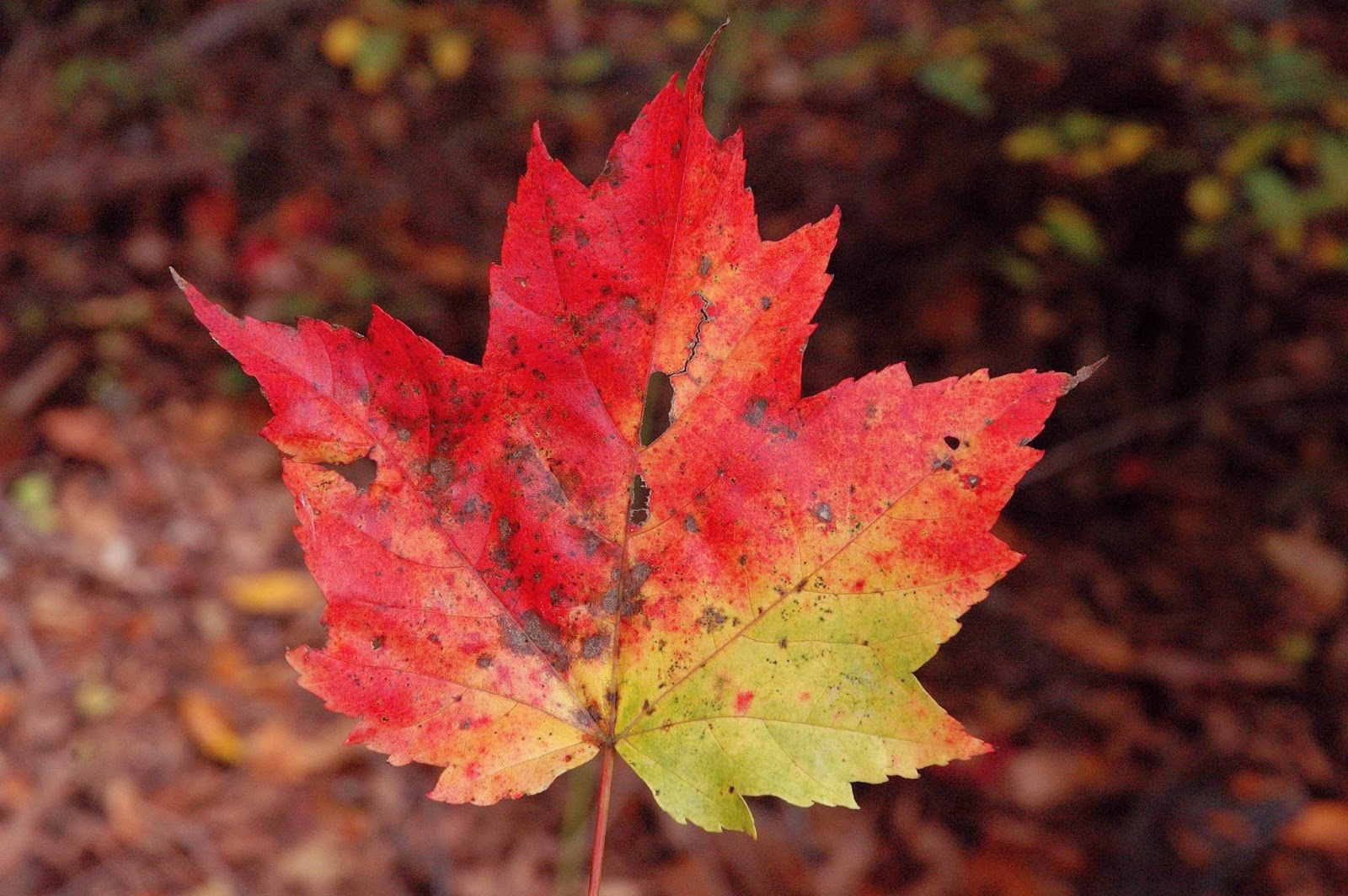



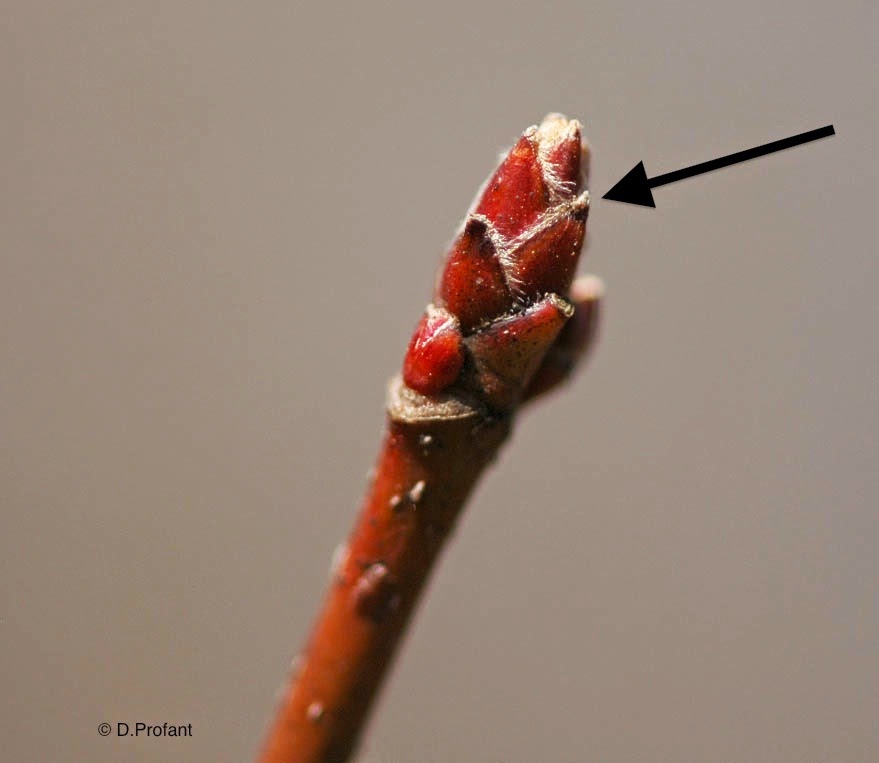
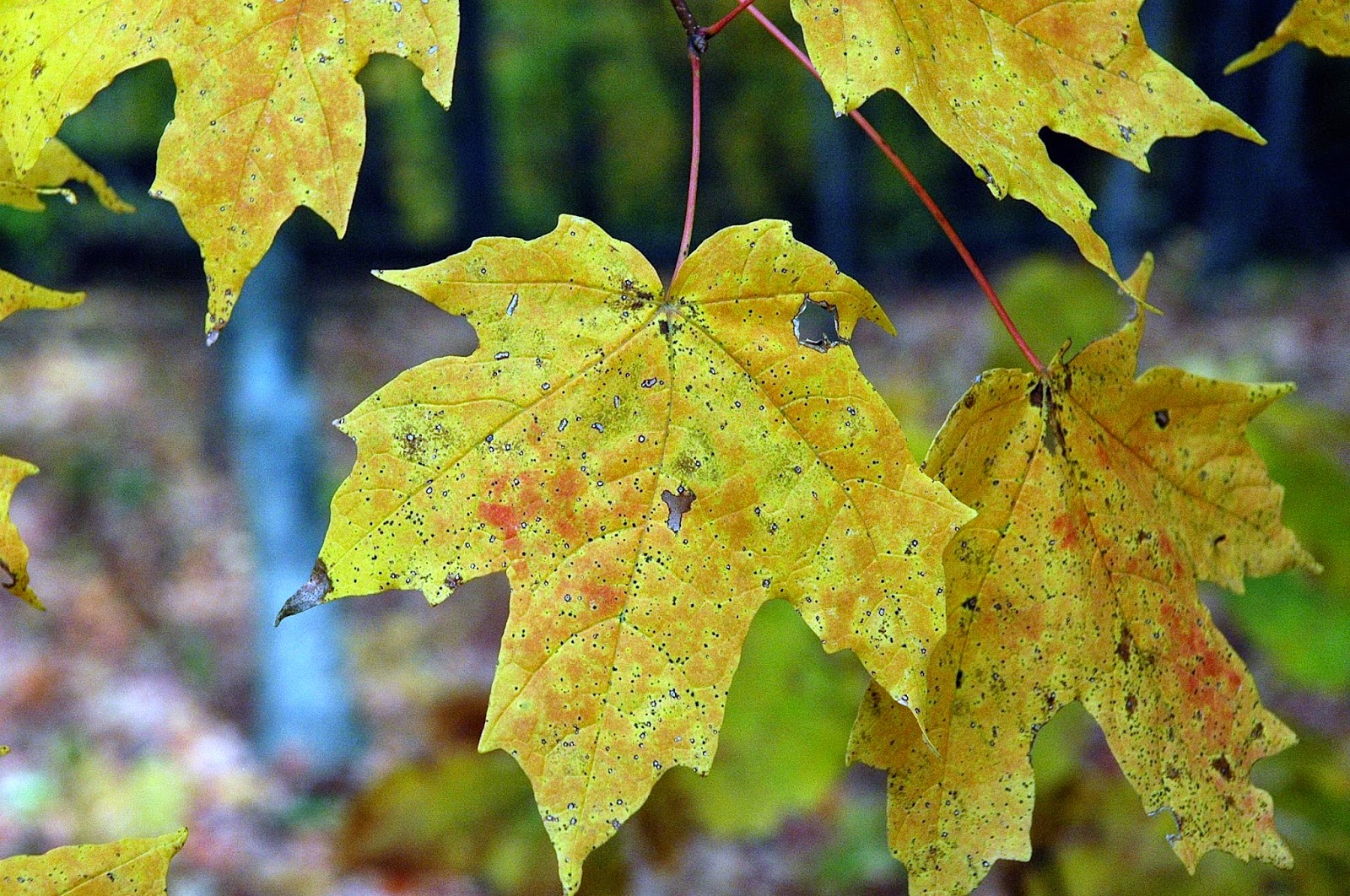
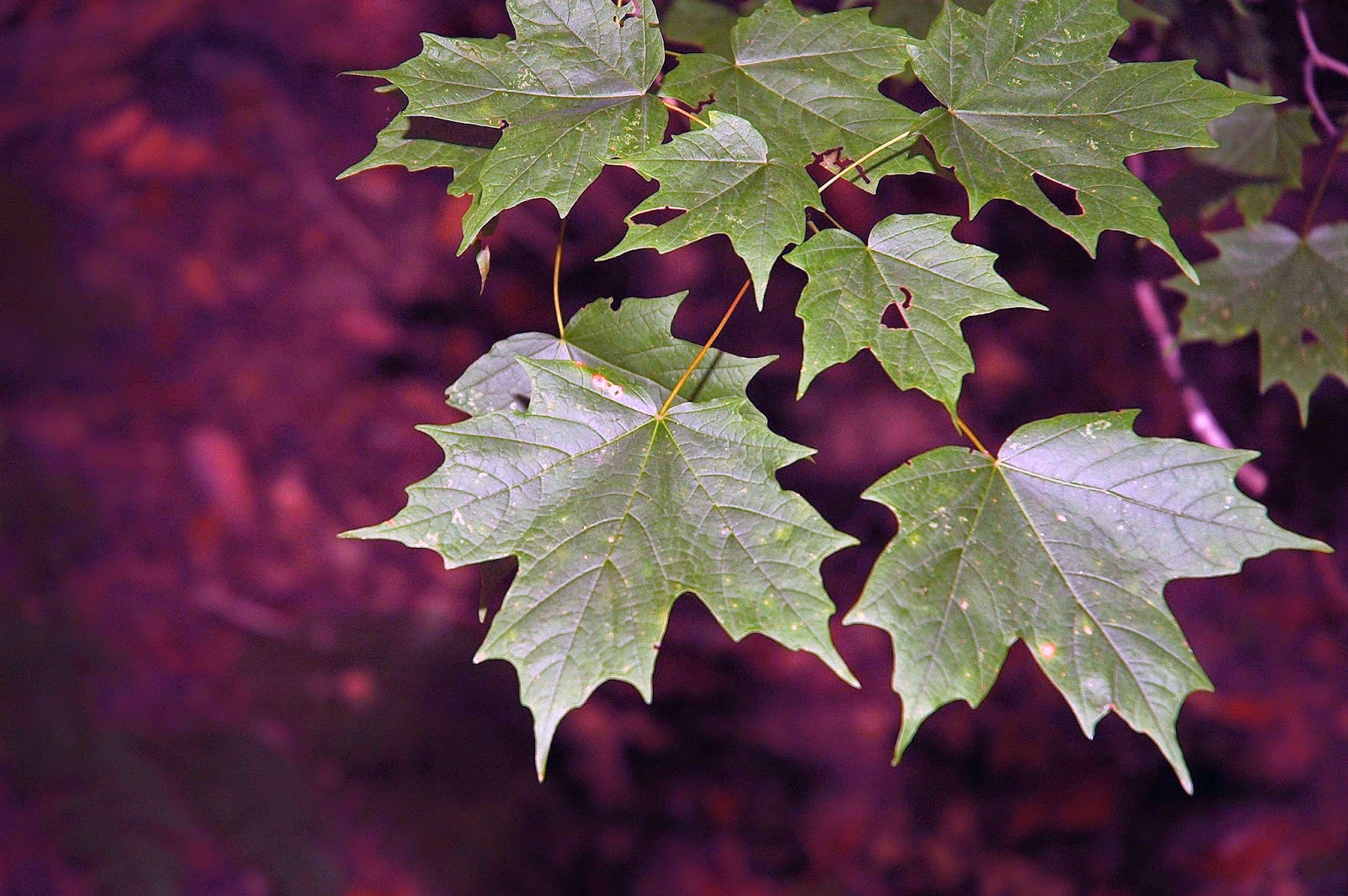








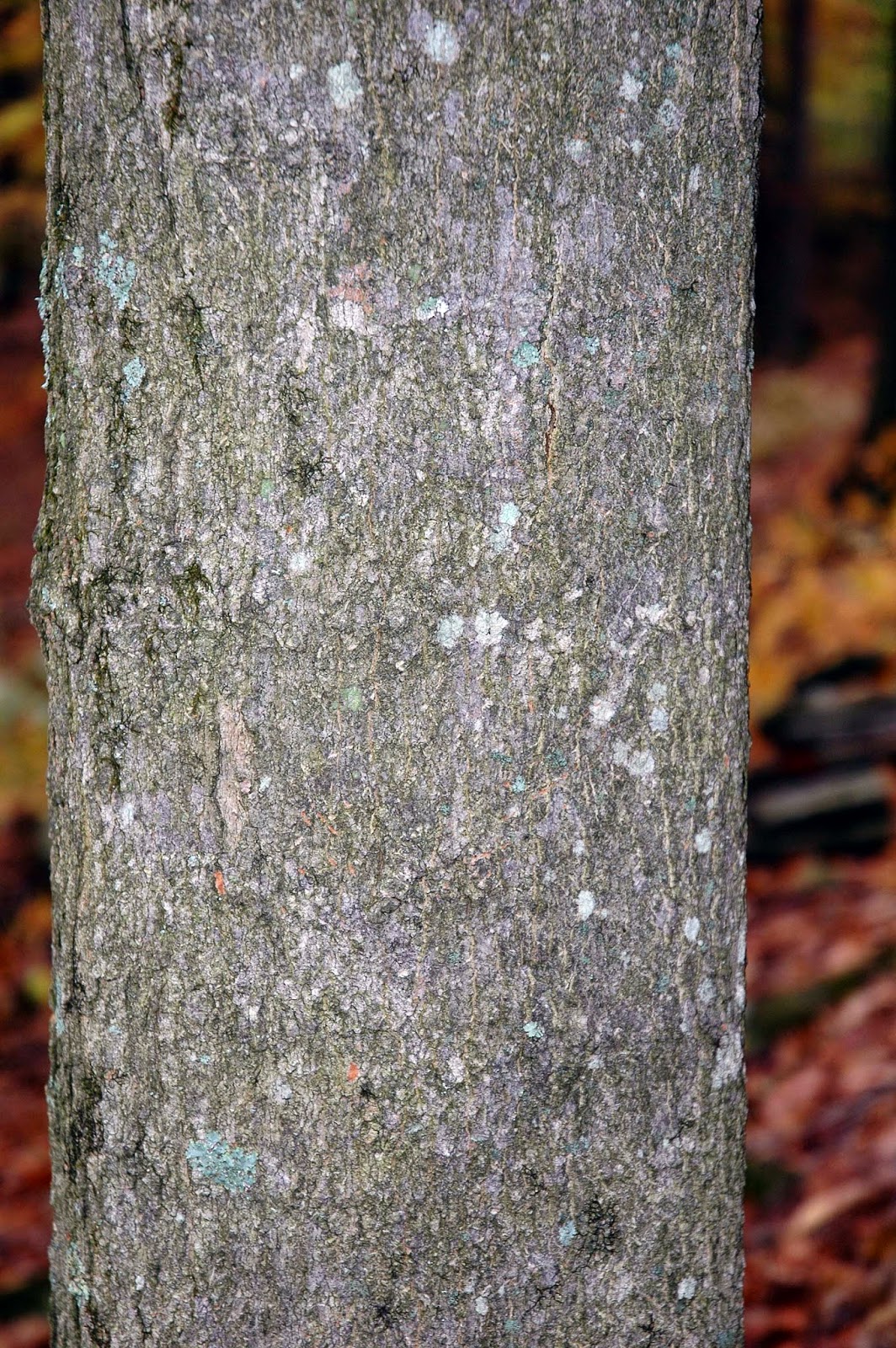















I love this post and took notes, since I am a master gardener I can always refresh my knowledge
ReplyDeleteMy son is in his junior year at Ohio State and he’s studying forestry. This is a great post. We were out last weekend, hiking along the Olentangy and identifying trees. I’m a master gardener as well but dendrology was never my forte!
DeleteJust a note- Norway maple is considered a nonnative, invasive species by many states and the USFS. I've seen a ton of it in Mill Creek Park and there was talk in 2002 of park employees removing some of it and other invasive species. I've seen in a lot of other areas, typically disturbed, but nonetheless, it doesn't stay where it is planted.
ReplyDeleteThanks Sarah, I just haven't heard people down here compalin about it. Funny you should mention Mill Creek, those pics were taken in Boardman.
ReplyDeleteI have seen Norway Maple in Mill Creek Park as well. I don't know if it is invasive or not. I snapped a part of a leaf stem & noticed milky white fluid. That was the 1st time I've seen that. Your article is very helpful in identifying different Maples. Thank you.
Delete